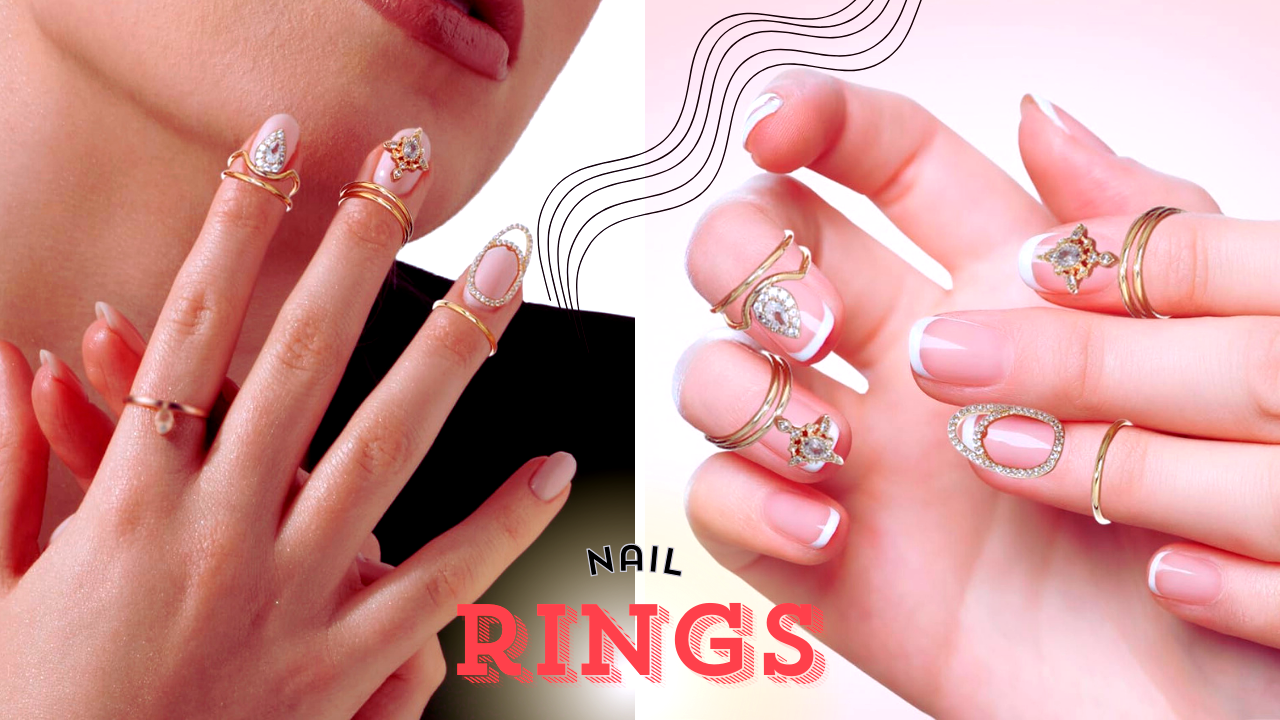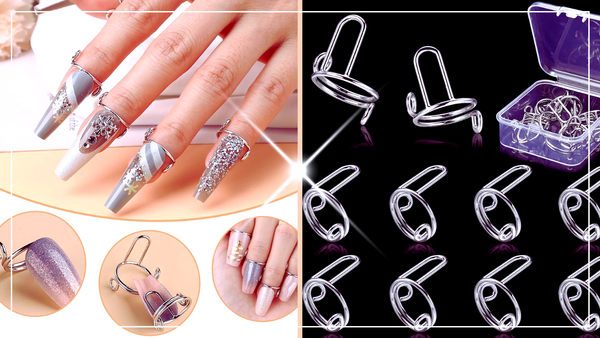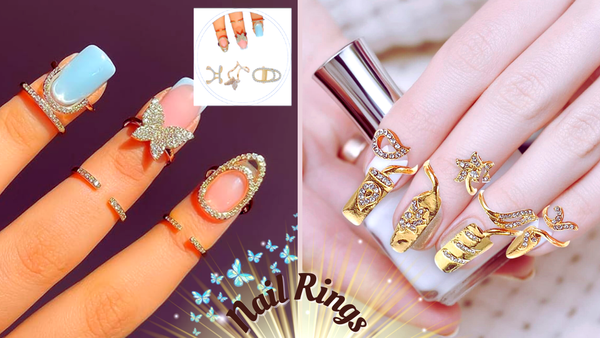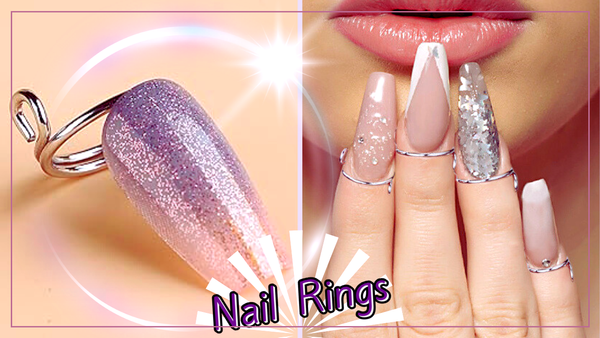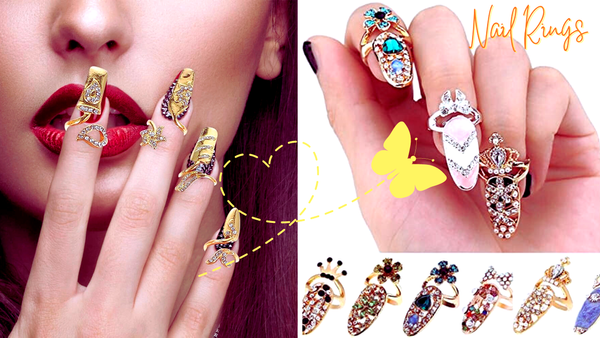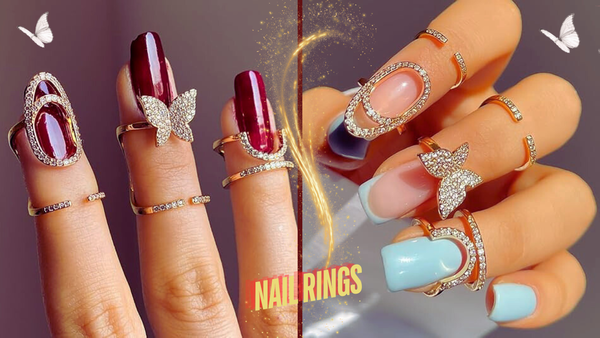Key Takeaways:
- Nail rings have a rich history dating back to ancient civilizations.
- These accessories were symbols of power, beauty, and status.
- Modern nail rings continue to evolve, blending tradition with contemporary fashion.
The Ancient Beginnings of Nail Rings
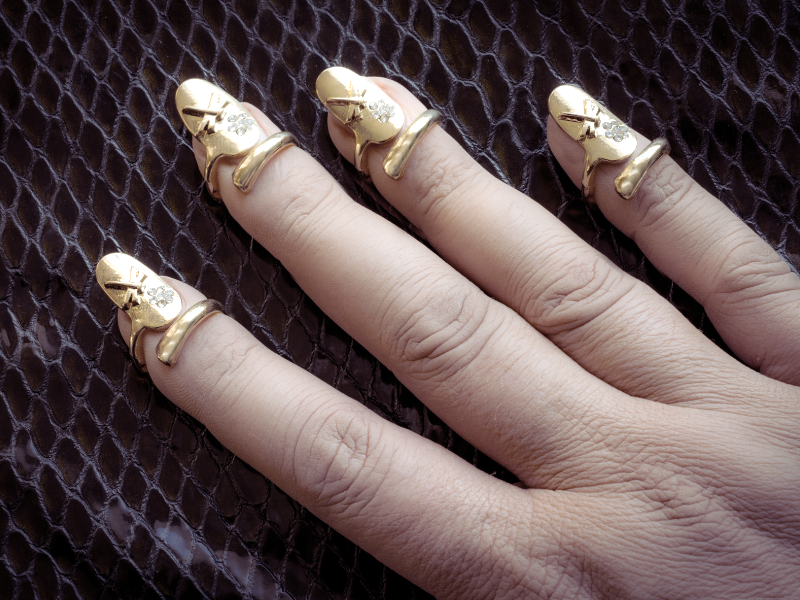
Nail rings, also known as nail guards, have existed for thousands of years. The earliest records are from ancient China, where high-status women wore them. These nail rings were made of gold and had intricate designs, symbols of wealth and power. Imagine the luxury and prestige of wearing one on your fingers.
In ancient Egypt, nail rings were also popular. Pharaohs and nobles wore them as a sign of their divine right and authority. These rings were not just decorative but also served a purpose. They protected the wearers' long nails, which were considered beauty and refinement. Using nail rings to protect long nails and show status is a testament to the cleverness of ancient civilizations.
Nail Rings Through the Ages
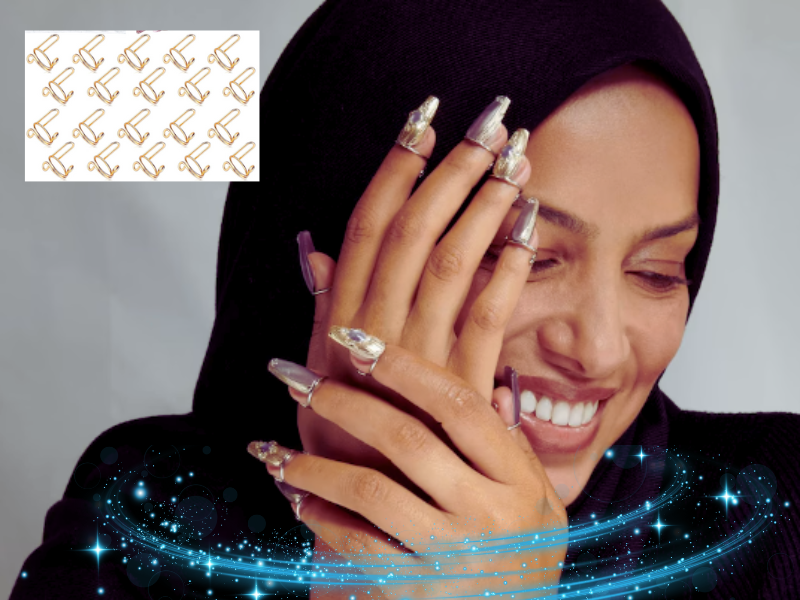
As time went on, nail rings spread to other cultures and regions. In India, for example, nail rings became popular among women who wanted to enhance their beauty and express themselves. These rings were made of various materials, including gold, silver, and precious stones, each adding a different touch to the fingers.
In the Renaissance period in Europe, nail rings made a comeback. Both men and women wore them as a sign of elegance and refinement. The designs became more elaborate, with intricate patterns and gemstones catching the eye. Nail rings were not just accessories; they were statements of style and status.
The Meaning and Purpose of Nail Rings
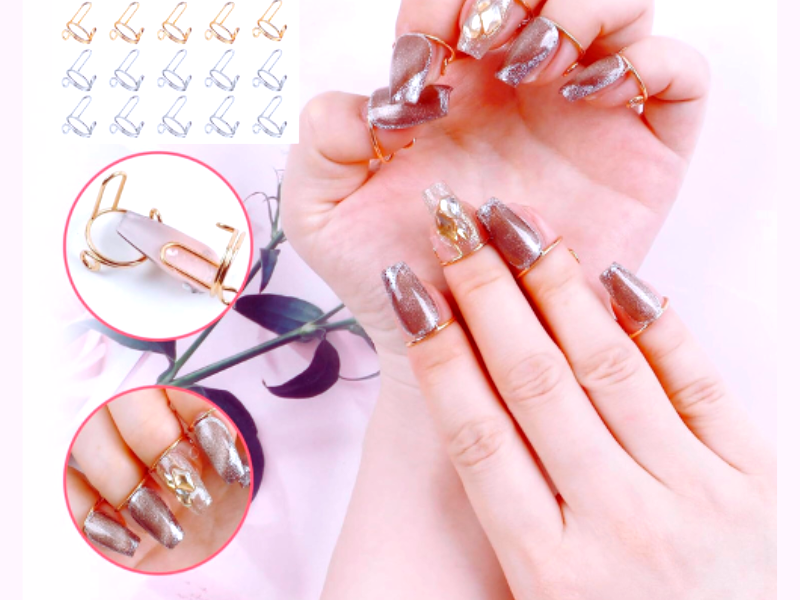
Nail rings have always been more than just accessories. They have deep meaning and purpose. In many cultures, long nails were a sign of power and authority, and nail rings, by extension, were symbols of these. They were worn by rulers, nobles, and influential people to show their status and command respect.
Beyond their symbolic meaning, nail rings also have practical uses. They protected the nails from damage so wearers could keep their long, beautiful nails. This was especially important in societies where long nails signify beauty and refinement. The ability to wear nail rings while doing daily tasks was proof of their functionality.
Modern Nail Rings: Tradition Meets Fashion
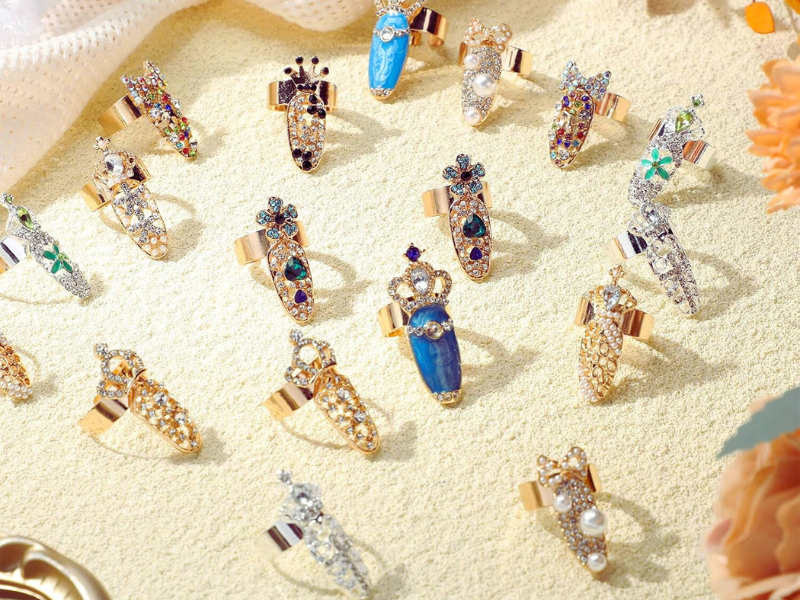
Today, nail rings are still a favorite fashion around the world. They have evolved to include modern designs and materials, making them accessories for any occasion. From minimalist rings that add a touch of elegance to bold statement pieces that make a statement, nail rings have found their place in modern fashion.
Celebrities and influencers have played a big part in promoting nail rings in recent years. Videos and images of these fashion accessories on social media have sparked a new interest in their beauty and versatility. Nail rings are now available in many shapes, colors, and materials so you can express yourself.
The Cultural Meaning of Nail Rings
Nail rings have a long history across many cultures and periods. Imagine the ancient Egyptians, who were among the first to wear this accessory. They wore nail rings not just for beauty but as a symbol of power and status. These early nail rings were made of gold and other precious materials to show the wearer’s wealth and influence. The idea of putting jewelry on your fingertips has always been about triumph and prestige.
In many Asian cultures, nail rings are also part of traditional attire. Women with long nails wore nail guards, essentially protective nail rings, to prevent their nails from breaking. These guards were often beautifully designed and hammered into shapes to show the wearer’s status and taste. The cultural meaning of nail rings is proof of their timeless and borderless appeal.
The Art of Nail Rings
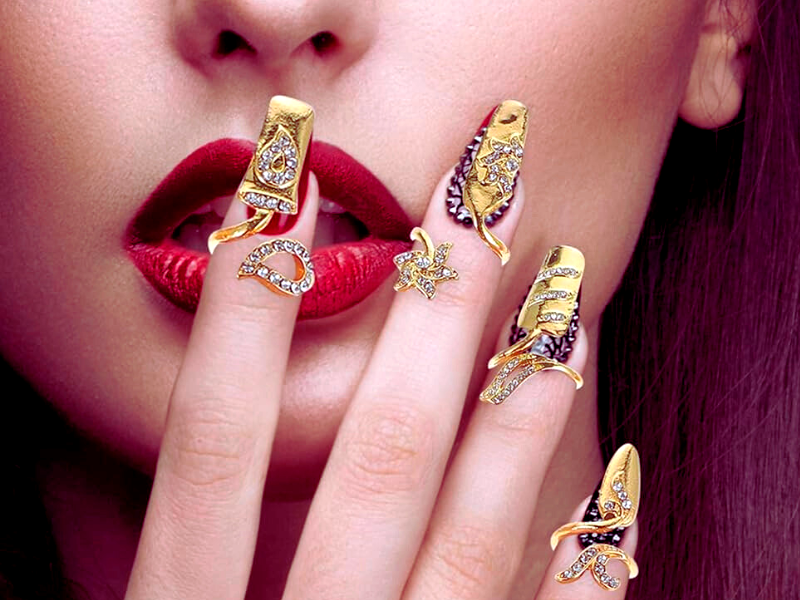
The craftsmanship of nail rings is fantastic. Artisans spend hours shaping and molding gold, silver, and modern alloys to create these tiny works of art. Each nail ring is proof of its maker’s skill and creativity. The process involves intricate designs and patterns hammered into the metal to create a piece of jewelry that is functional and beautiful.
The Future of Nail Rings
As fashion changes, nail rings will still be a favorite. Their history and meaning make them timeless pieces that can be adapted to modern tastes. Whether worn as a symbol of power or beauty or as a fashion accessory, nail rings will continue to be worn by those who love their uniqueness.
The story of nail rings is proof of human creativity and ingenuity. From ancient civilizations to today, nail rings have evolved while keeping their symbolic and practical value. Looking forward, we can’t wait to see how nail rings will shape the world of fashion and self-expression.
Summary
Nail rings have a fascinating history that dates back to ancient China and Egypt, where they were symbols of power and beauty. Over the centuries, they evolved in design and function, becoming popular in various cultures. Today, nail rings blend tradition with modern fashion, offering a versatile accessory for individuals to express their unique style. Their rich history and enduring appeal make them timeless pieces in the world of jewelry.
Stay connected by subscribing to our newsletter today for more tips, updates, and exclusive nail content!
FAQ
What materials are used to make nail rings?
Nail rings can be made of gold, silver, or precious stones. Modern designs also use stainless steel and acrylic. There are many options for different styles and preferences.
Are nail rings comfortable to wear?
Yes, nail rings are designed to be worn comfortably. They are shaped to fit the fingertips without causing any discomfort so that you can wear them all day.
Can nail rings be worn with any nail length?
Nail rings are multipurpose accessories that can be worn with any nail length. While they were used to protect long nails in the past, modern designs fit different nail lengths and shapes, so you can wear them regardless of your nail shape.
